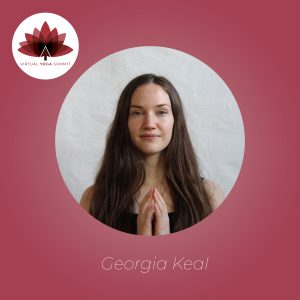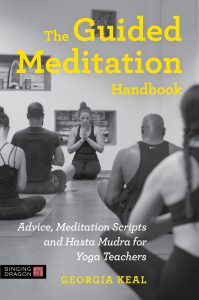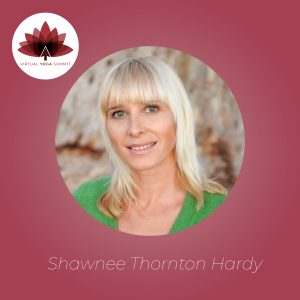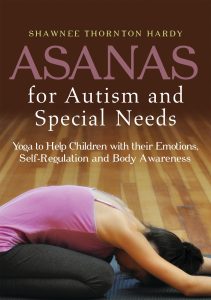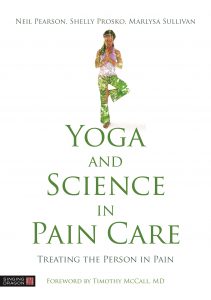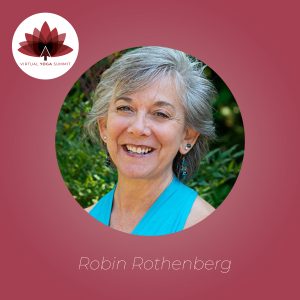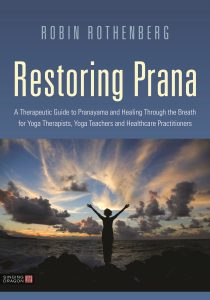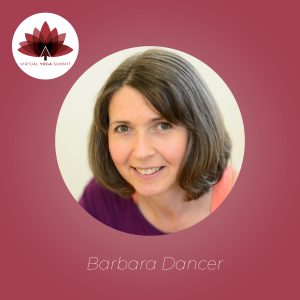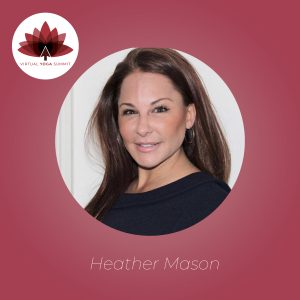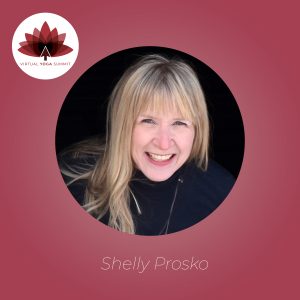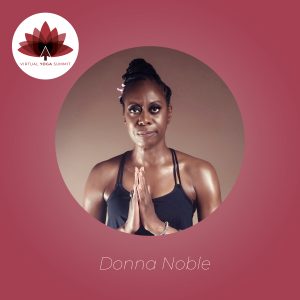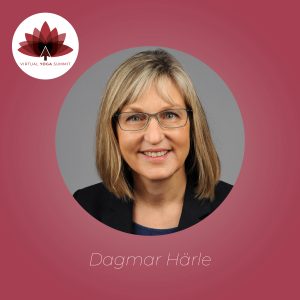 This extract was adapted for the Virtual Yoga Summit from Trauma-Sensitive Yoga by Dagmar Härle.
This extract was adapted for the Virtual Yoga Summit from Trauma-Sensitive Yoga by Dagmar Härle.
Since primeval times, people have tried to cope with the adversities of life. There have always been upsetting and traumatizing events, but the methods for confronting the consequences of these shocks have varied greatly. They range from shamanic rituals such as soul retrieval to physical forms of expression such as singing and dancing to cognitive and narrative forms. Many of our contemporary therapeutic approaches in the West are based on cognitive considerations. However, traumatization is not just shown in a change of convictions. Due to the lasting stress response, it is also displayed in the somatic effects that affect posture, physical reactions, and bodily sensations—phenomena that were the focus of treatment at other times and by other cultures. Feelings of numbness and being separated from one’s own body often alternate with strong, overwhelming reactions to triggers, and in many cases make an efficient therapeutic approach more difficult. Instead of introducing a new method, I see body-oriented work as a basis and supplement to the tried and tested techniques of trauma treatment.
WHY I WORK WITH YOGA IN TRAUMA THERAPY
The idea of integrating yoga asanas (postures), pranayama (breathing exercises), and mindfulness into trauma therapy arose while working with my clients. When I completed my training in Somatic Experiencing and received my Master’s degree in Psychotraumatology, I was convinced that exposure therapy combined with a body-oriented approach is expedient in treating complex post-traumatic stress disorders (PTSDs). I am still convinced of this, although it has become apparent to me that progress is not possible with every client when using this approach. For some people with complex trauma, the exposure of traumatic contents was simply not tolerable—relating to their own bodies was so disturbing to them that it triggered a response of panic and dissociation. Continue reading
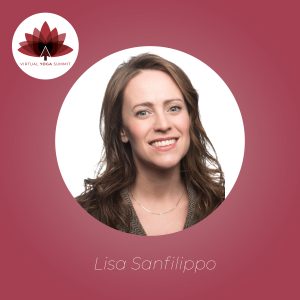 Author, yoga teacher and psychotherapist Lisa Sanfillippo has been teaching yoga for over 20 years, and now teaches at London’s premier studios, triyoga and the Life Centre. She runs yoga for sleep workshops around the world. Lisa’s work has been featured by various newspapers and magazines, and she has helped hundreds of people through her yoga for sleep workshops. She is regarded as the UK’s leading yoga for insomnia expert.
Author, yoga teacher and psychotherapist Lisa Sanfillippo has been teaching yoga for over 20 years, and now teaches at London’s premier studios, triyoga and the Life Centre. She runs yoga for sleep workshops around the world. Lisa’s work has been featured by various newspapers and magazines, and she has helped hundreds of people through her yoga for sleep workshops. She is regarded as the UK’s leading yoga for insomnia expert.
